I've been on over 100 safaris across Africa and repeatedly see tourists make 11 big mistakes, from sleeping in to ignoring birds
Wendy Watta

- I've been on over 100 safaris and often see tourists make the same mistakes time and again.
- Some ignore birds, while others exit the vehicle to get closer to wildlife, which is dangerous.
I'm a travel writer living in Nairobi, and I've been on more than 100 safaris across Africa.
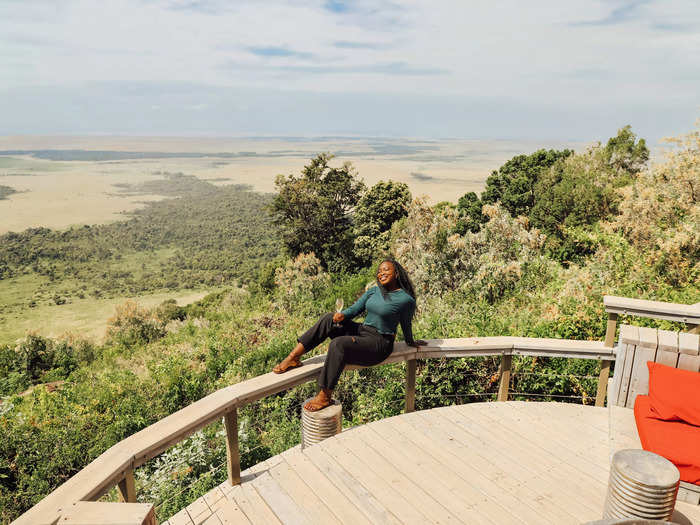
I currently live in Nairobi, Kenya, working as a travel writer and vlogger, and have been to about 15 countries in Africa over the last 10 years.
As part of my travels, I often go on safari where I'm always awed by how large elephants are, the cunning nature of hyenas, the agility of leopards, the social life of lions, and the beauty of lilac-breasted rollers.
I've been on well over 100 safaris for leisure or on assignment as a journalist, in countries like Tanzania, Uganda, Zambia, and my home, Kenya.
On many of those safaris, I've shared vehicles with other tourists, and met travelers from all over the world, from the United States to Russia and Europe. I've also observed some common mistakes that people seem to make when they take this type of trip.
Here are the biggest safari mistakes to avoid, plus my tips for how to maximize your experience.
Most often, I've observed tourists become disappointed when they don't see wildlife.

I've been to most of the wildlife parks in Kenya, like Amboseli, Samburu, Shaba, Tsavo East & West, Meru, and Lake Nakuru National Parks.
I always find the big cats impressive here, such as lionesses chasing a zebra through the plains, or a leopard hauling its prey up a tree as hyenas circle below hoping it falls.
On a recent safari, I observed two-month old lion cubs, still too young to eat meat, lapping up blood from a gazelle that their mother hunted and dragged under the shade of bushes. This sighting was, however, at the end of a three-hour morning game drive.
Whenever I'm sharing a vehicle with other tourists, particularly first timers, I see some becoming impatient after a few hours without such sightings.
It's understandable; you've come to Africa for the safari of a lifetime, and want to see and photograph it all. But as I've learned, you can't set up an appointment with wildlife. Sometimes, a leopard remains elusive.
I think you'll have a better time if you're able to relax and enjoy the sightings as they come.
In addition to being patient on drives, I don't think visitors communicate what they hope to see to their guide, or make enough attempts.
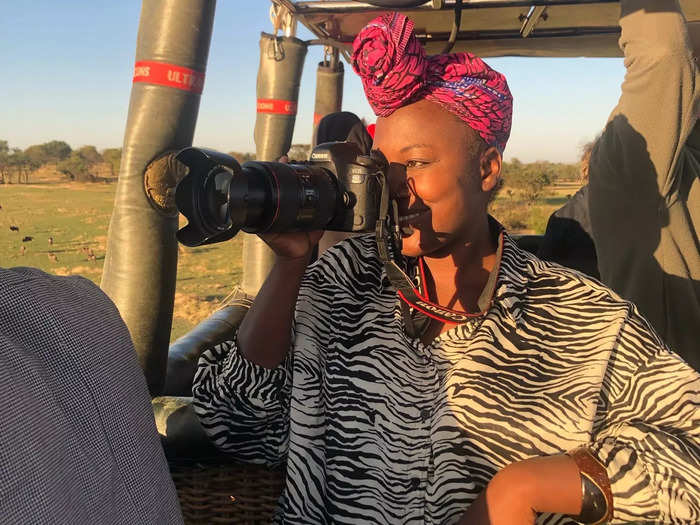
If there's an animal you really want to see, speak up.
Guides can use their expertise and knowledge of the landscape to drive to the areas where they know that you're more likely to spot the animals that you hope to see.
You should also plan to go on more than one game drive. For a two to three-day trip, I recommend going for both morning and evening drives, every day, to maximize your chances.
One of the biggest mistakes tourists make is thinking they can get out of the vehicle to take photos with wildlife. It could risk your life.
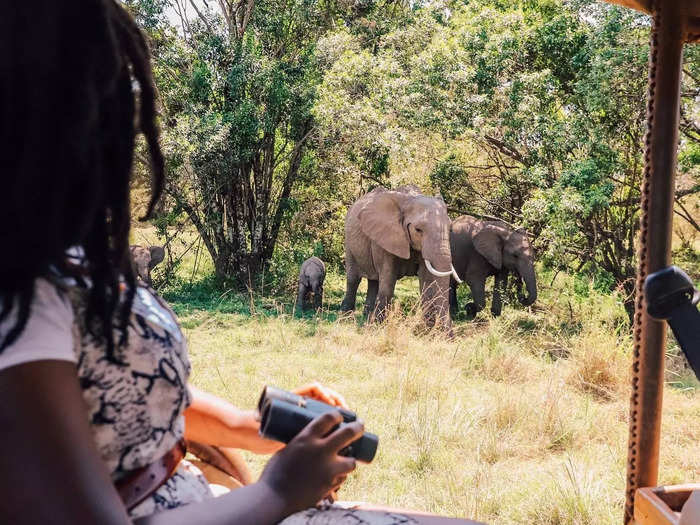
While on safari, I've seen tourists in other vehicles get out in areas to try and get close to wildlife where park rules prohibit them to do so.
You should always stay in the safari vehicle, and if you need to get out, communicate that to your guide who knows the landscape and will advise if it's safe.
Rather than risk your life, there are other places you can go if you want to get up close with animals.
In Nairobi, I like to spend time with orphaned baby elephants at Sheldrick Wildlife Trust and watch them mud bathe and guzzle milk formula. Another option I recommend is to feed pellets to Rothschild Giraffes at Giraffe Center.
And at Mosi-Oa-Tunya National Park in Zambia, visitors may join rangers to track the endangered southern white rhinos on foot, which will place you within a few feet of the animals.
Not only are experiences like these safe, but they still provide the thrill of an up-close encounter, and proceeds usually go back to the continued protection of the wildlife.
Often, I meet tourists who only go to the most popular parks, and in the high season. Then, they complain about how crowded it is.
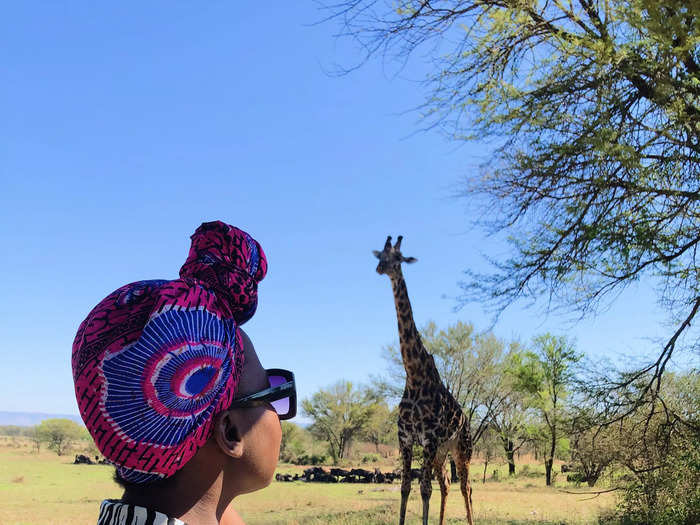
Some of Africa's best-known parks are Serengeti National Park in Tanzania, Maasai Mara Game Reserve in Kenya, and Kruger National Park in South Africa. And I understand the popularity — all of these destinations have an abundance of wildlife and stunning landscapes.
According to Safari Outfitter & Beyond, who I've been with on safari a few times in Serengeti and Maasai Mara, the best time for a Kenyan safari is the high season from June to October, when sparse vegetation and limited water draws wildlife to waterholes making them easier to spot.
But because of this phenomenon, I've always found this time period to be busy and crowded, which can take away from the experience.
In my experience, guides tend to work collaboratively and radio one another whenever there's a sighting, and when word gets out that a coalition of cheetahs were spotted, soon there are 20 cars charging to surround them at the same time. I also find the parks become particularly busy during the annual wildebeest migration season, and lodges get fully booked as tourists travel to witness it.
I've seen first-timers then become frustrated that the experience isn't the remote safari they pictured.
If you prefer less crowds, choose a less popular park, or consider a visit at another time.
I've seen many tourists wrongly assume that Africa is hot all the time, and fail to pack warm clothing.
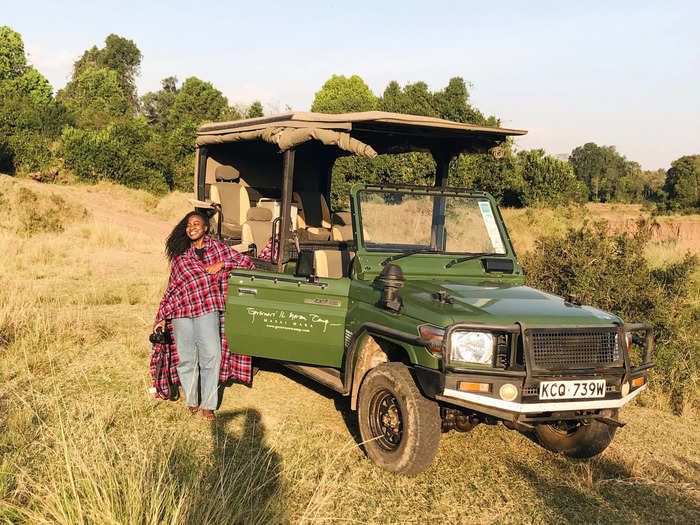
In my experience, visitors to Africa tend to have the perception that it will be really hot, all the time. I think this is probably because of documentaries and movies they might have watched where people are dressed as such, and that's how the landscape is portrayed.
But I've found that isn't always the case. I've experienced many cold nights in some parks, even if it's not the rainy season when it can be cold and wet.
According to Masai Mara, temperatures in that park can range between 52 and 82-degrees Fahrenheit, and I know it will feel quite cold when it hits that lower end.
I suggest that visitors bring warm clothing to layer like jackets, scarves, and even gloves. Plus, some safari vehicles are open on the sides, and in my experience, this can make it feel really cold when driving fast during the day, too.
Another big mistake I've witnessed is choosing not to wake up early for game drives.
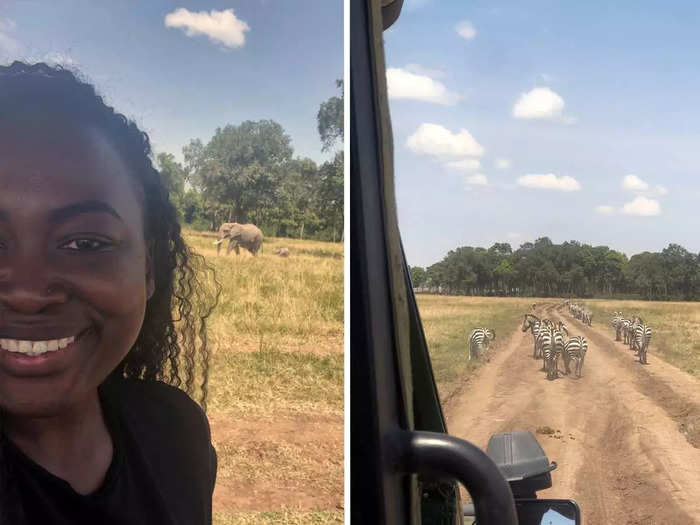
Guides have explained to me that the best times for game drives are the cooler hours of the day, around sunrise and sunset.
They say this is because it's when the weather is more comfortable for animals. During later parts of the day, guides have said that animals prefer to stay tucked away under the shade to avoid the scorching heat. This means it's less likely you'll see much action if you choose to head out only in the afternoon.
To increase my chances of seeing wildlife, I choose morning drives that require wake-up calls as early as 4:30 a.m. On those drives, I've shared a vehicle with others where I heard them complain that it's too early.
It definitely is, and the roads can be rough, and the drives can be long and tiring, particularly if it's several days back to back. But I know morning is the best time to go if you want to see as many animals as possible.
I've spotted wildlife later in the day, too, but whenever I've come across a pride of lions around midday, for instance, they're usually sleeping.
Discuss with your guide to figure out a schedule that works best for you. If you can wake up early, though, I find the sunrises over the African bush are always so spectacular. Why would you want to miss such beauty?
Ignoring bird life is another commonly-made mistake.
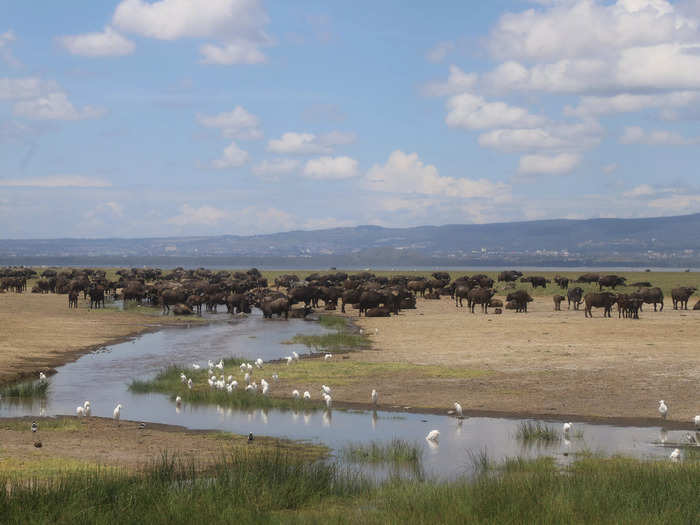
It took me around 30 game drives to finally get into birdwatching.
I started off indifferent, but now I squeal with excitement when I spot a Marshall Eagle with its large wing-span perched atop a tree at Shaba National Reserve in Kenya, or if I've eyed a small gazelle, or a kettle of vultures stealing a zebra carcass from a hyena.
I wish I knew sooner that birds are really cool, and I think many visitors make this same mistake because they become too focused on just large wildlife.
I finally came to this realization thanks to helpful guides I met who helped me learn interesting facts about birds and their social life, and now I'm always left wanting to know more.
I don't think many people realize that there are many ways to do a safari.
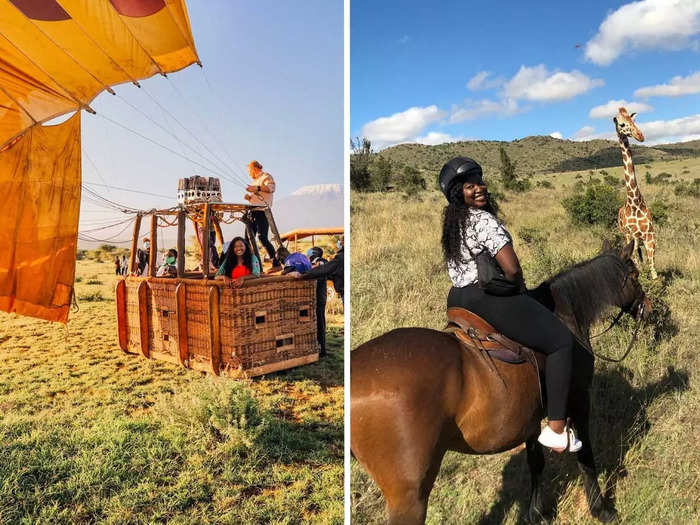
With over 100 safaris under my belt, I've been on so many game drives that I started getting a little jaded about driving around and seeing animals from a land cruiser, every time.
So I decided to switch things up recently, and I don't think many people know there are other ways to see wildlife besides from a car.
I've now been on several hot air balloons, from which I've spotted elephants in Amboseli National Park with Mt. Kilimanjaro's snow-capped peak in the background. And it was from a balloon that I tracked black rhinos through the mud one rainy morning in Borana Conservancy.
I've also enjoyed camel-back safaris, boat cruises, and sunset walking safaris, and recommend working them into your itinerary to experience different perspectives.
Please stop bringing plastic bags and bottles into the parks.
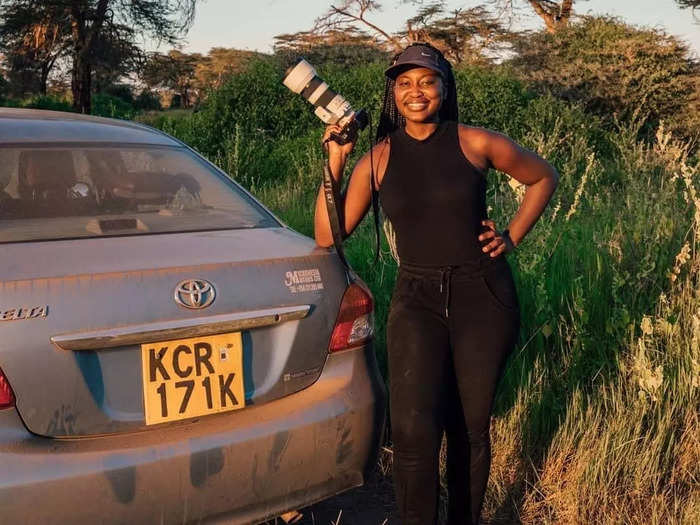
Countries like Kenya and Rwanda have banned single-use plastics including water bottles, straws, disposable cups, and cutlery in protected areas like parks, forests, and beaches.
You're often not even allowed to bring your plastic bag carry-ons through the airports. According to section 144 of Kenya's Environmental Management and Co-Ordination act, if you're caught breaking this law, there are severe fines of one to four years in jail, or a $16,000 fine.
And while I haven't heard of cases of tourists being charged or fined, I still often see them trying to bring these items into the parks, where they're usually confiscated.
I think it's better to just plan ahead and adhere to the law, and also to make more efforts to be respectful of the land to preserve it for generations to come.
I wish lodge guests would be more considerate of others and keep the volume of their music down.
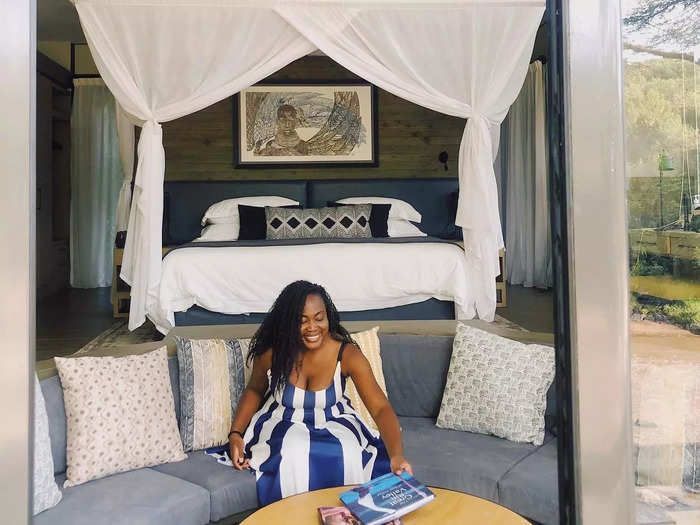
In my experience, many rooms at overnight lodges are located really close to each other.
In a few instances, I've struggled to sleep or relax as guests next to me played really loud music.
I can appreciate a good playlist as much as the next person, but I wish more tourists would be more considerate of other guests.
I find going to the bush to be a time for serenity and disconnecting from the bustle of city life. Returning to blasting music detracts from that feeling, in my opinion.
Instead, turn your music off and take your stay as a chance to listen to the sweet cacophony of nature. And should you strongly desire to still listen to Drake over the hippos grunting in the distance, please just keep your volume at a reasonable level.
Finally, I think too many tourists don't take advantage of the low season when it's much easier to plan a safari on a budget.
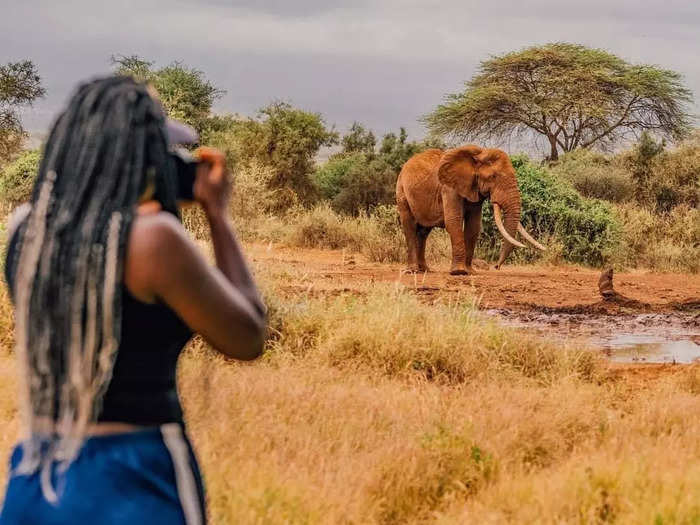
In the low season between March and May when there is often heavy rain, the roads get muddy and vegetation grows tall and thick.
In my experience, this draws less tourists, and as a result, lodges tend to reduce rates to attract visitors. I've found you can save a lot of money if you visit then instead of high season.
So if you're looking to go on safari on a budget and don't mind getting wet from time to time, you might want to come during this period, since I've seen firsthand that the wildlife is still visible. I also think it's a unique time since the vegetation is lush and green, the bird life is abundant, and new calves are birthed.
I've also seen that fewer tourist numbers means less congestion of vehicles in parks for a more isolated experience.
Popular Right Now
Popular Keywords
Advertisement